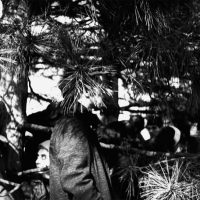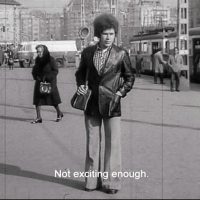The Kontakt Collection builds on the conceptual art of the 1960s and 70s in Central-Eastern and South-Eastern Europe, was founded by the Erste Bank Group in 2004 in collaboration with an international board. In addition to historical works, the collection concentrates on the contemporary manifestations of the conceptualist tradition This activity also aims to save values that the art history of the featured countries (Austria, Czech Republic, Slovakia, Hungary, Poland, Croatia, Romania, Slovenia, Serbia, Montenegro, Bosnia-Hercegovina) – and, thus, their politics of public collecting – does not adequately represent the neoavantgarde positions, which had earlier belonged to the forbidden or tolerated category. The exhibition of the collection creates an opportunity for a comparative analysis of the art of the region, which, to this day, is characterised by homogenising gaps of knowledge.
In the Dunaújváros presentation of the collection special attention is given to the questions related to the preservation and processing of collective memory and history. To what extent do the artworks bear testimony to the era and the cultural context in which they were created? The selection has been organised around three themes. “Freedom of Movement” presents artists’ spaces of action as influenced by social and political relations and works that address the questions of visibility, concealment, presence and absence. “Art and Space” comprises works that deal with spatial and power relations in the system of art and examine the forms of presentation, the manifestation of meaning and the circumstances artists work in. Finally, “(Dis)similar Stories” are about symbols that functioned in shared geo-political spaces nevertheless got fixed and live on in cultural memory in different ways.

